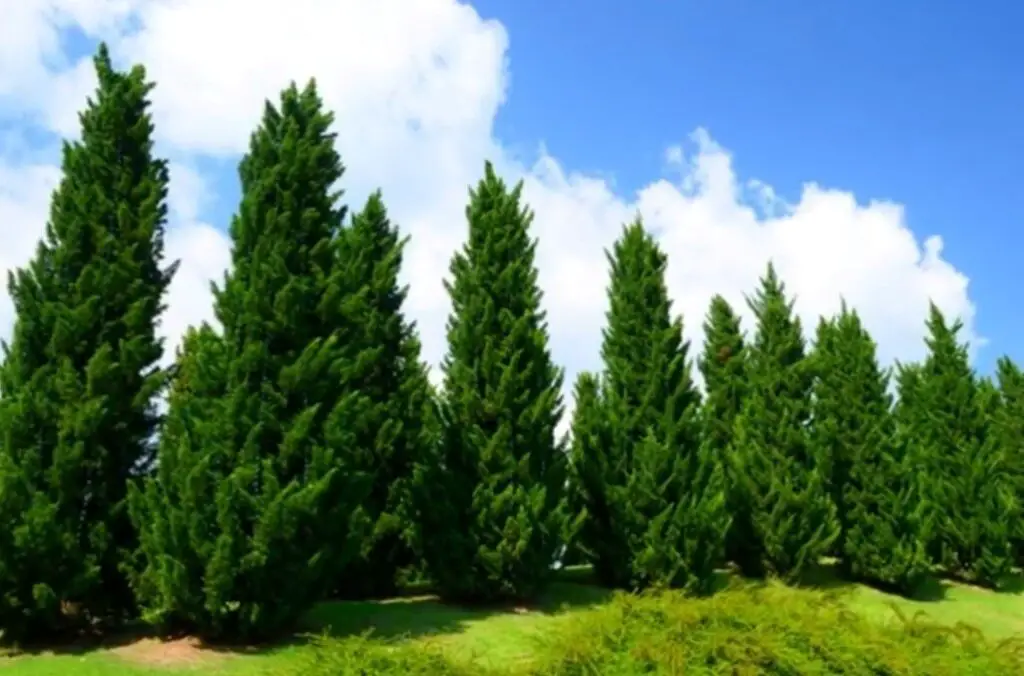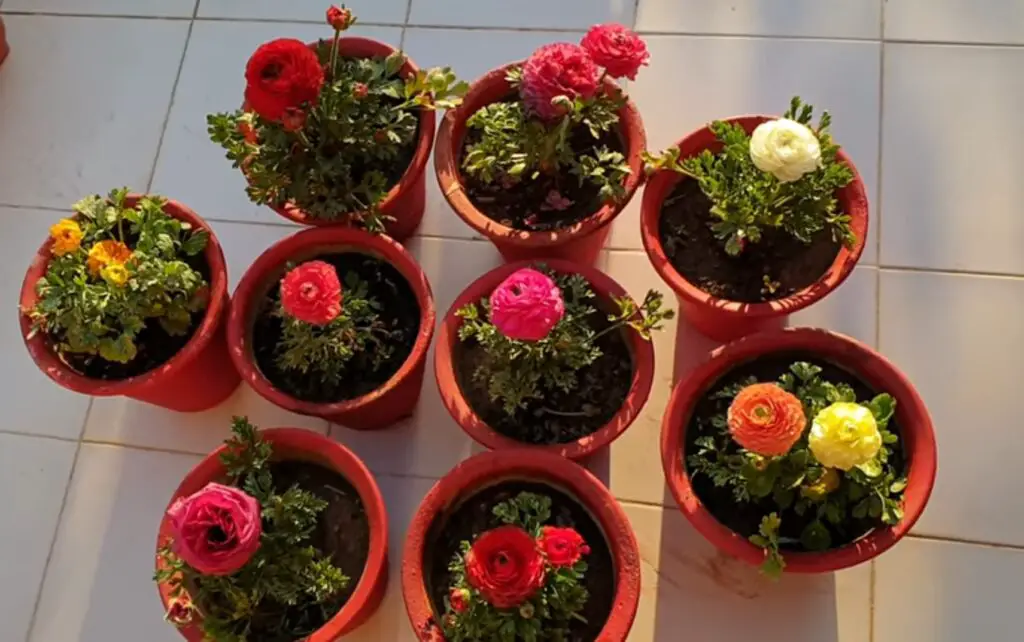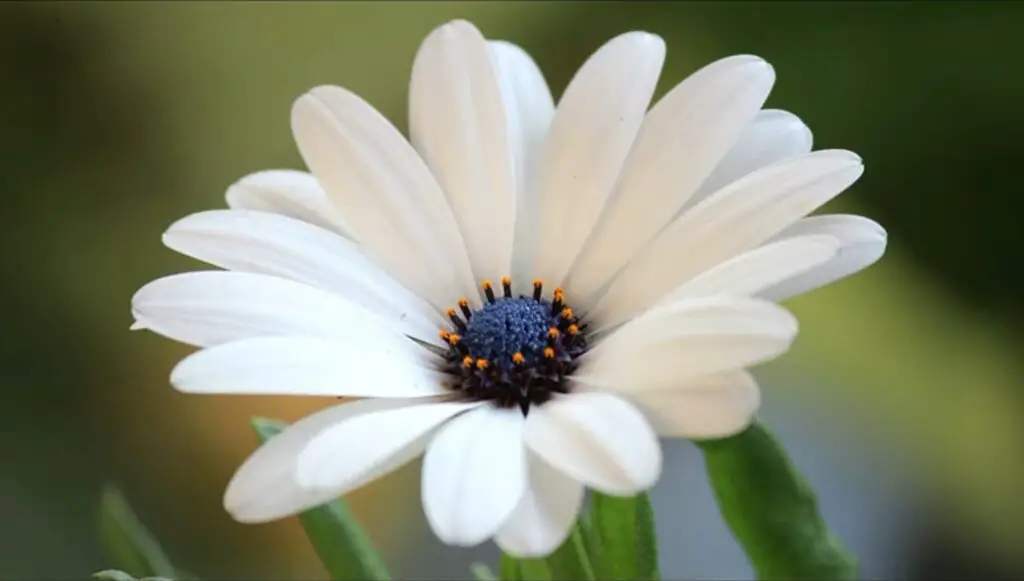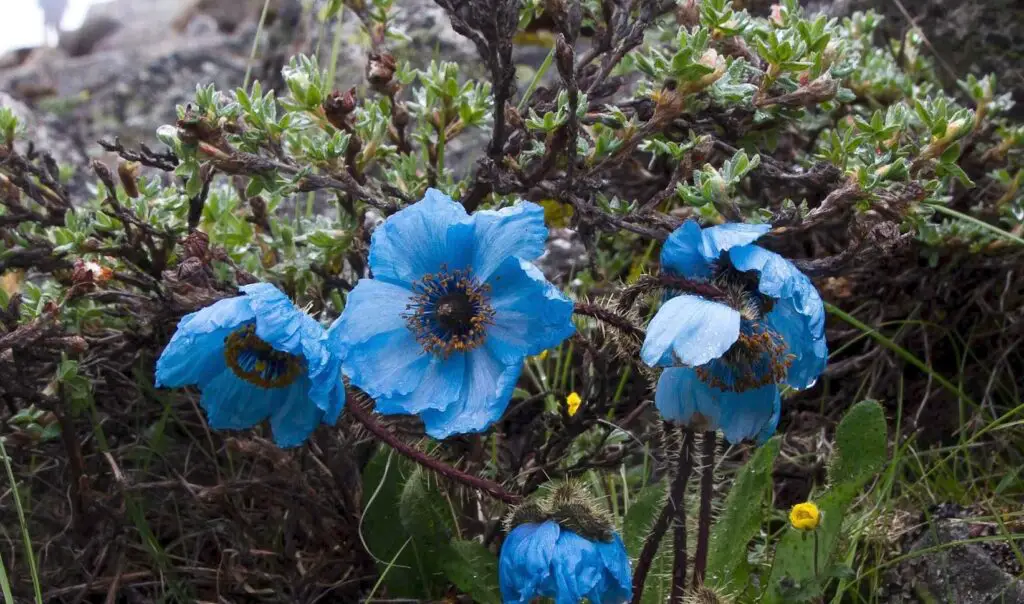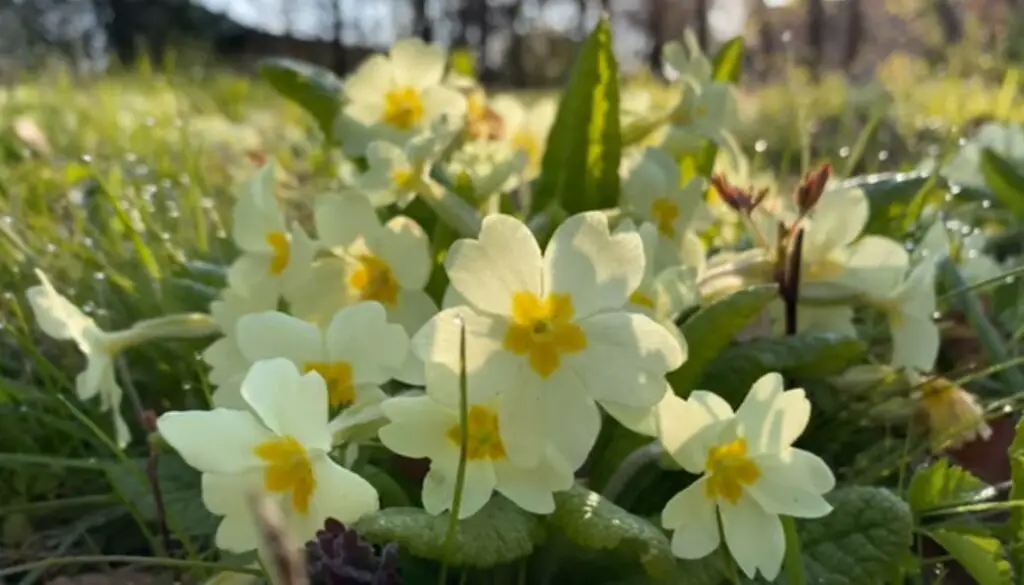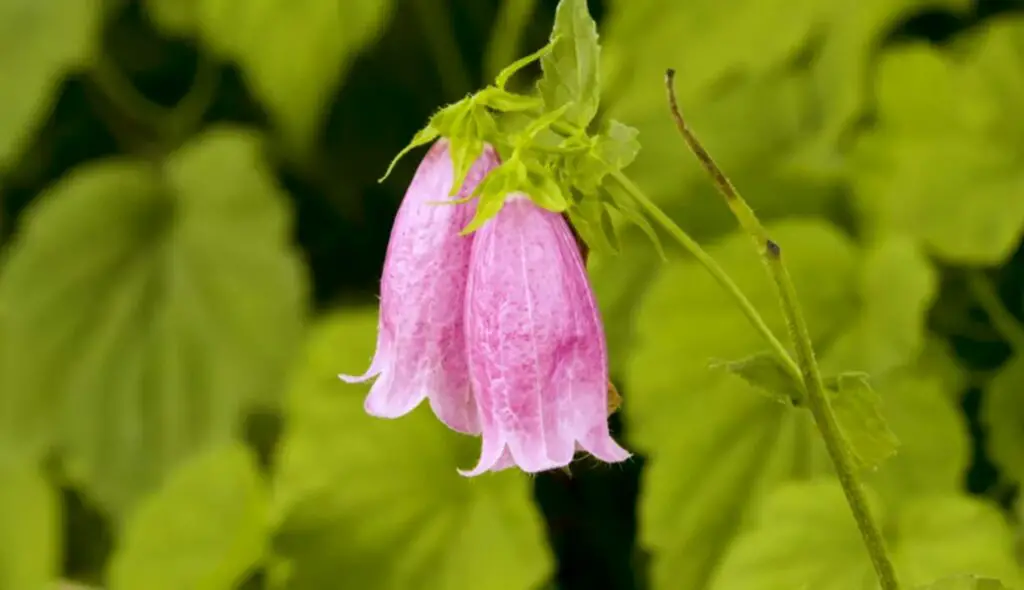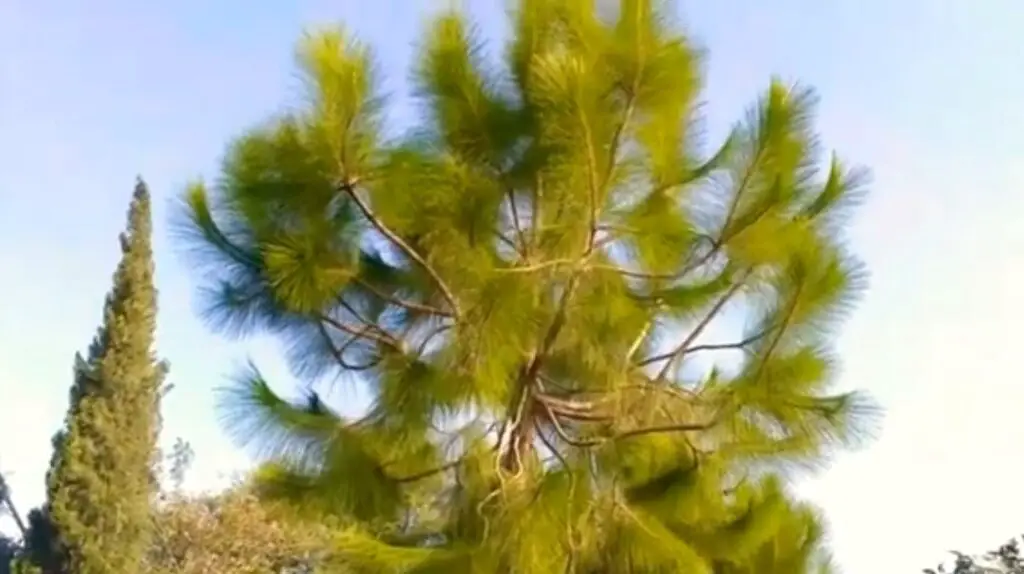Deodar Cedar trees, also known as Cedrus deodara, are majestic evergreens that are native to the western Himalayas. These beautiful trees are known for their towering height, fragrant wood, and stunning blue-green needles. They are an important part of the natural landscape in their native habitat and have been widely planted in other parts of the world for their ornamental value.
Physical Characteristics
Deodar Cedar trees can grow up to 70 meters tall and can have a trunk diameter of up to 3 meters. The bark is a silvery-gray color and is smooth when young, becoming fissured and scaly with age. The needles are arranged in whorls and are between 2 and 5 centimeters long. They are a striking blue-green color and have a pleasant fragrance when crushed.
Types of deodar Cedar trees
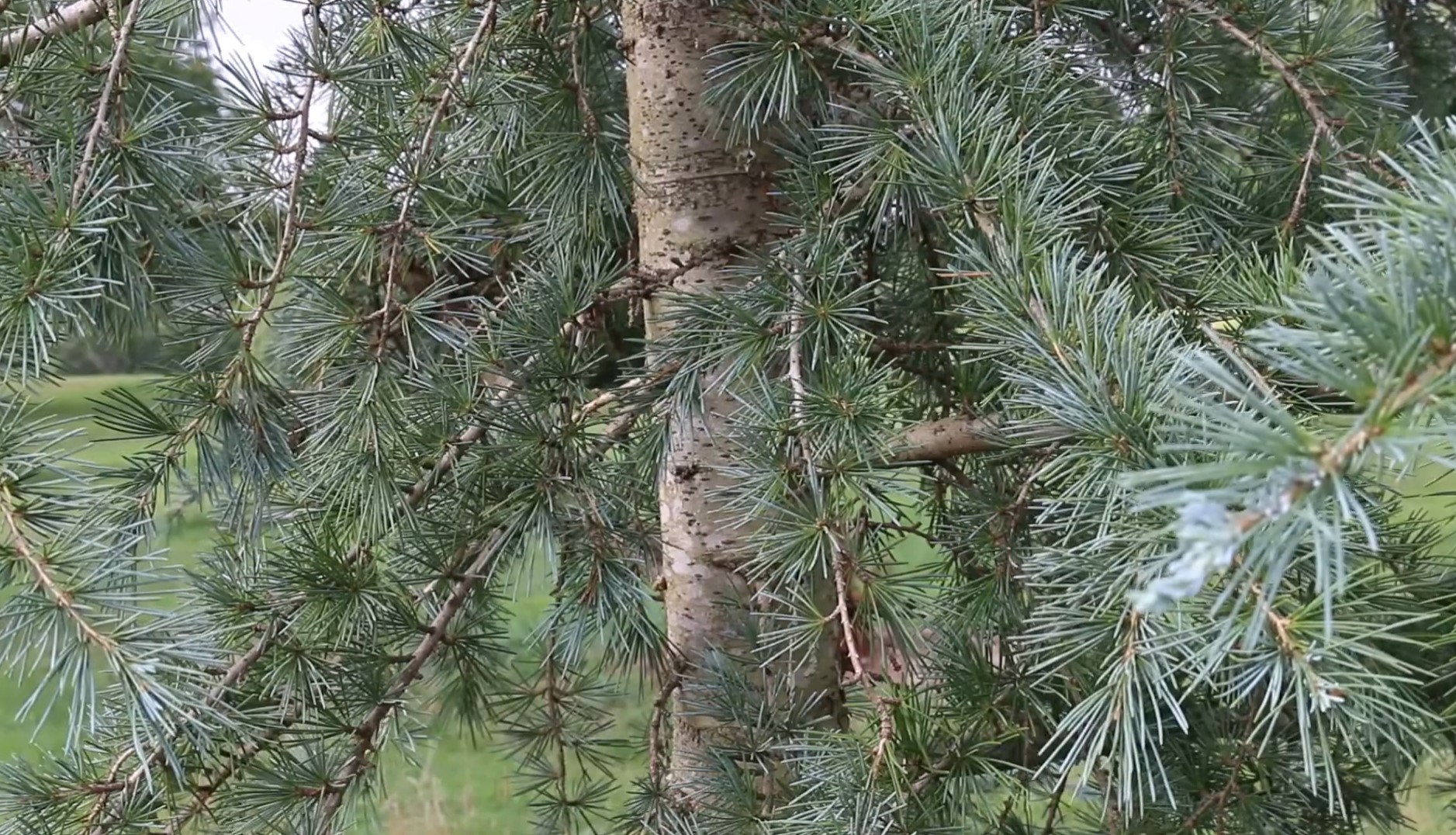 There are three recognized species of deodar cedar trees, which are all native to the western Himalayas:
There are three recognized species of deodar cedar trees, which are all native to the western Himalayas:
Cedrus deodara: This is the most commonly known species of deodar cedar, and it is also sometimes referred to as the Himalayan cedar. It has a conical shape and can grow up to 70 meters tall. Its needles are a bluish-green color and can grow up to 5 centimeters in length.
Cedrus brevifolia: Also known as the Cyprus deodar, this species is native to the mountains of Cyprus. It is a smaller tree than Cedrus deodara, growing to a maximum height of 25 meters. Its needles are also bluish-green but are shorter, measuring up to 2 centimeters in length.
Cedrus libani: This species is commonly known as the Lebanon cedar and is also native to the eastern Mediterranean region. It has a distinctive flat-topped crown and can grow up to 40 meters tall. Its needles are a darker green color and are longer than those of Cedrus deodara, measuring up to 7 centimeters in length.
All three species of deodar cedar are valued for their ornamental value and are widely cultivated in gardens and parks throughout the world. They are hardy and adaptable trees that are well-suited to a range of growing conditions, making them a popular choice for landscaping projects.
Golden Deodar Cedar (Cedrus Deodara)
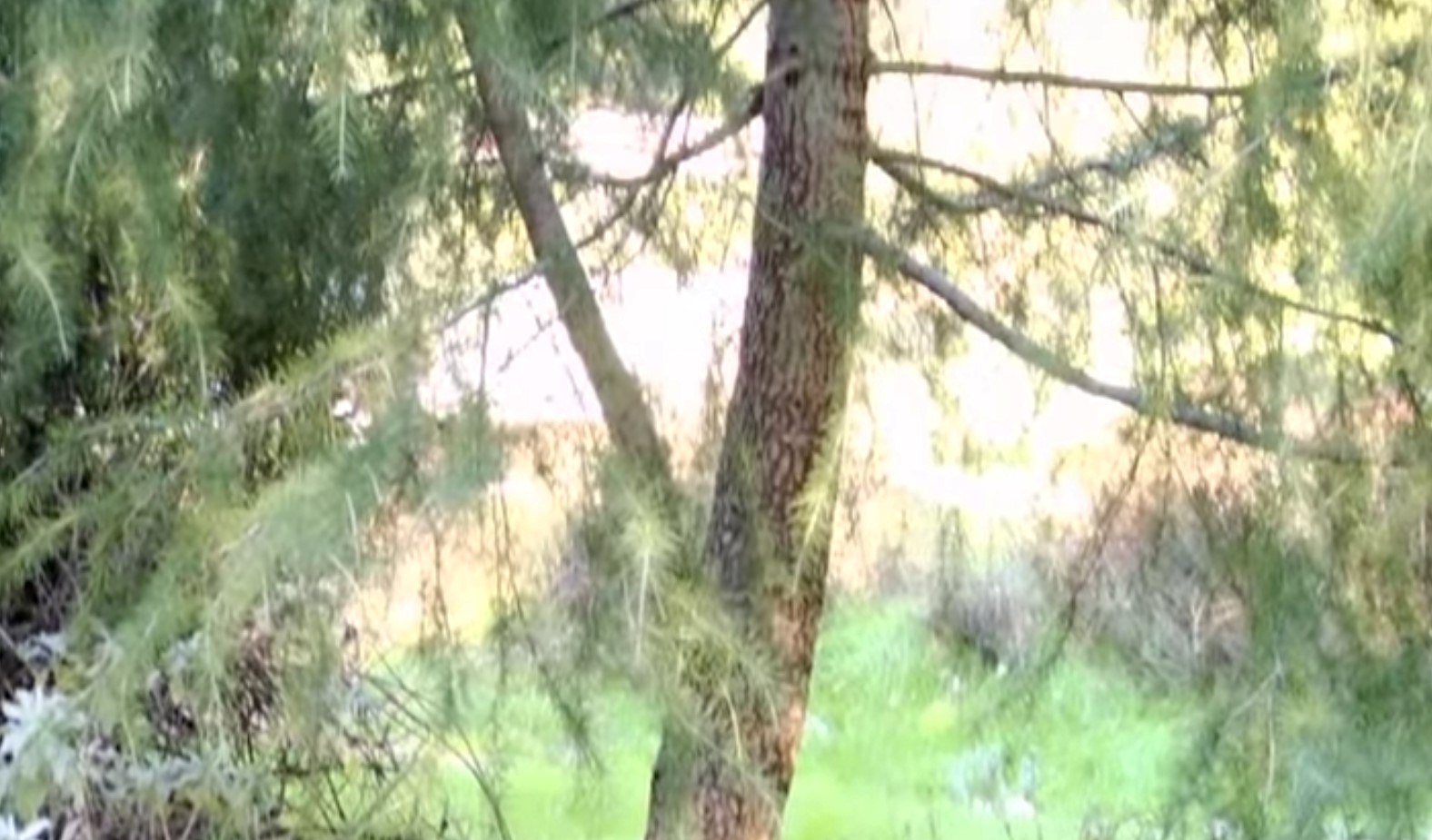
The golden deodar cedar (Cedrus deodara ‘Aurea’) is a cultivar of the Cedrus deodara species. It is also known as the golden Himalayan cedar or golden deodar. As its name suggests, the golden deodar cedar has golden-yellow foliage that provides a striking contrast against its green needles.
The golden deodar cedar is a slow-growing evergreen tree that can reach a height of up to 30 meters, with a spread of up to 10 meters. Its needles are a bright golden-yellow color when young, maturing to a more muted green-gold as they age. The tree has a pyramidal shape and can make an attractive specimen tree in a landscape.
The golden deodar cedar is a hardy tree that is adaptable to a range of growing conditions. It prefers full sun to partial shade and well-drained soil. It is relatively drought-tolerant once established but should be watered regularly during its first few years of growth. The tree is also resistant to many common pests and diseases.
The golden deodar cedar is often used in landscaping projects as a specimen tree or as a focal point in a garden. Its striking foliage can provide a bright burst of color and texture to a landscape, particularly in the winter months when many other trees are bare. However, it is important to note that the golden deodar cedar may be less hardy than the natural species, so it may not be suitable for areas with extremely cold winters or other harsh growing conditions.
Blue Deodar Cedar
The blue deodar cedar (Cedrus deodara ‘Feelin’ Blue’) is a cultivar of the Cedrus deodara species that is known for its blue-green needles. It is a relatively small evergreen tree, growing up to 6-10 meters in height with a spread of 2-3 meters.
The blue deodar cedar has a conical shape and its needles are a striking blue-gray color, giving it a unique and attractive appearance. Like other cultivars of the Cedrus deodara species, it prefers full sun to partial shade and well-drained soil. It is relatively drought-tolerant once established but should be watered regularly during its first few years of growth.
The blue deodar cedar is a slow-growing tree that is well-suited to smaller gardens and landscapes. Its compact size and distinctive color make it a popular choice for ornamental use in landscaping. It can be used as a specimen tree or planted in groups to create a dense screen or hedge.
It is important to note that the blue deodar cedar may be less hardy than the natural species, so it may not be suitable for areas with extremely cold winters or other harsh growing conditions. In addition, it is susceptible to a range of pests and diseases, so regular monitoring and maintenance may be necessary to keep the tree healthy.
Uses
Deodar wood is highly valued for its strength, durability, and resistance to decay. It has been used for centuries in the construction of temples, palaces, and other important buildings in India and Nepal. The wood is also used for making furniture, doors, and windows.
The fragrant wood is also used for making incense and perfumes. In addition, deodar oil is used in aromatherapy to treat respiratory problems and relieve stress.
Cultural Significance
Deodar Cedar trees have cultural and religious significance in the Himalayan region. They are considered sacred trees in Hinduism and are often planted around temples and other religious sites. The wood is believed to have purifying properties and is used in rituals and ceremonies.
In addition, deodar trees have been used in traditional medicine for centuries. Various parts of the tree, including the bark, needles, and resin, are used to treat a variety of ailments such as coughs, colds, and skin infections.
Cultivation
Deodar Cedar trees are widely cultivated in gardens and parks throughout the world for their ornamental value. They are particularly well-suited to large, open spaces where their height and graceful form can be fully appreciated.
Deodar trees prefer well-drained soil and full sun. They are relatively drought-tolerant once established but do require regular watering during their first few years of growth. In addition, they are hardy and can tolerate a range of temperatures, from -20°C to 40°C.
Environmental Benefits
Deodar Cedar trees provide a range of environmental benefits. They are effective at stabilizing soil and preventing erosion, making them ideal for planting on hillsides and other sloped areas. The trees also provide habitat for a variety of wildlife, including birds and small mammals.
In addition, deodar trees are effective at sequestering carbon dioxide from the atmosphere, making them an important tool in the fight against climate change. A single mature deodar tree can absorb up to 48 pounds of CO2 per year.
Conservation
Deodar trees are considered vulnerable in their native habitat due to habitat loss and overexploitation for their wood. Efforts are underway to protect these magnificent trees through conservation and reforestation programs.
Deodar trees are an important and valuable species that provide a range of benefits to both humans and the environment. They are beloved for their beauty, fragrance, and cultural significance, and their wood is highly prized for its strength and durability. As we work to protect these magnificent trees, we can also learn from them and appreciate the many gifts they offer.
Deodar trees are magnificent evergreens that are valued for their beauty, wood, and fragrance. They are an important part of the natural landscape in their native habitat and have been widely planted throughout the world for their ornamental value. As we continue to appreciate these magnificent trees, we must also work to protect them and ensure that they continue to thrive for generations to come.

